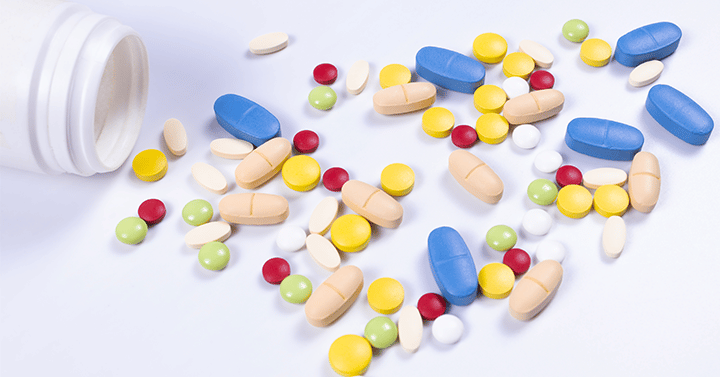A slew of factors caused global prices of pharmaceutical excipients to soar from 2019 and 2021 – with some jumping by a whopping 40%.
“Supply chain disruptions caused by COVID-19 pandemic led to raw material shortages,” explains Shilpi Mehrotra, Industry Manager in our Chemicals division. “In addition, a bottleneck in the global energy supply caused a surge in electricity and natural gas costs in many parts of the world. Combining these factors with a rise in freight cost, weather catastrophes, and the Russia/Ukraine conflict resulted in major price spikes for pharmaceutical excipients all over the world.”
Prices climbed upward from 2020 to 2021
While the prices of excipients fluctuated in 2020, greater peaks were observed in 2021, which is when the demand for pharmaceuticals rebounded to above the pre-COVID level. According to Mehrotra, the high demand for pharmaceutical drugs worldwide came from many factors, such as the demand for drugs to treat COVID-19 symptoms, the revival of demand for healthcare treatments and surgeries that were postponed during the pandemic, and growth in preventive healthcare. Combining the unresolved supply issues with a surge in demand in 2021, price jumps ranged from 10% to 40% between 2019 and 2021 for different excipients in different regions.
Growth in generics demands higher supply stability
“Going forward, an uninterrupted supply of excipients become an absolute necessity with the heavy demand growth of generic medicines worldwide,” says Mehrotra. “And making healthcare more affordable and available through generic medicines is indeed a key focus of many countries across the developed and the developing world.”
Key lessons learned: the importance of self-reliance
The pandemic exposed the vulnerability of overreliance on imports of pharmaceutical raw materials in many countries. “The majority of pharmaceutical raw materials are sourced from China on a global level,” Mehrotra says. “Reducing this dependency by localization of supply chain for essential medicines is on the minds of policymakers in the United States and the European Union. This is likely to manifest in the long term through policies, investments, and government initiatives.”
Other routes taken by the pharmaceutical industry to reduce the risk of supply chain interruptions include diversification of raw material sourcing, moving away from batch manufacturing toward continuous manufacturing, and the use of digital technologies to pre-assess the risk factors.
“These efforts are slowly translating into more predictability in availability and cost of pharmaceutical excipients,” Mehrotra says. “In 2022, we are already witnessing increased stability in excipient prices.”
The future of excipients is bright
Global demand for pharmaceutical excipients in oral solid doses is expected to grow at a compounded annual growth rate of around 6.5% over the next five years. The advancing drug dosage technologies, combined with the need to be cost-effective, are driving the demand for functional excipients.
Meanwhile, demand for co-processed excipients will grow strongly, as will the trend of using formulated coatings in oral solid doses. Increasing demand for sustained-release drugs will drive the demand for certain cellulosic excipients such as ethyl cellulose; growth in enteric-release medicines will favor the demand for polymethacrylate excipients. Versatile excipients that have higher compatibility with various APIs, including HPMC, mannitol, and lactose, are expected to grow robustly; disintegrants, such as CCS, SSG, and crospovidone, will be driven mainly by the demand for fast disintegrating tablets.
For more information on excipients, be on the lookout for our Specialty Excipients for Oral-Solid-Dosage-Form Pharmaceuticals: Global Market Analysis and Opportunities. A comprehensive analysis, the reports focus on key trends, developments, changes, challenges, and business opportunities. Among their focus: pharmaceutical trends influenced by COVID-19 and their impact on the excipients market; consumption in volume and value for each of the excipients considered in the functional categories of specialty binders and fillers, disintegrants, lubricants, matrix formers, and coatings. Regional covers includes Europe, the United States, India, China, Japan, the Middle East and Africa, Southeast Asia, Mexico, and Rest of the World.

